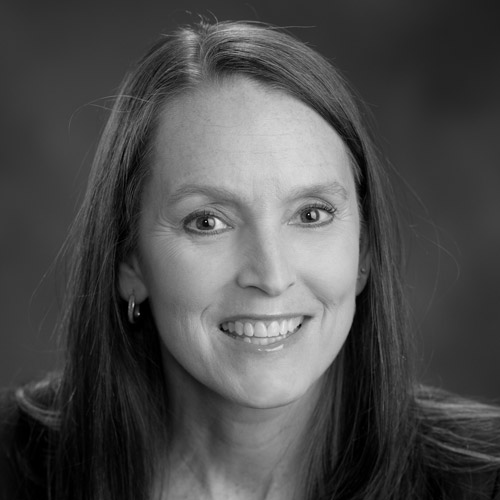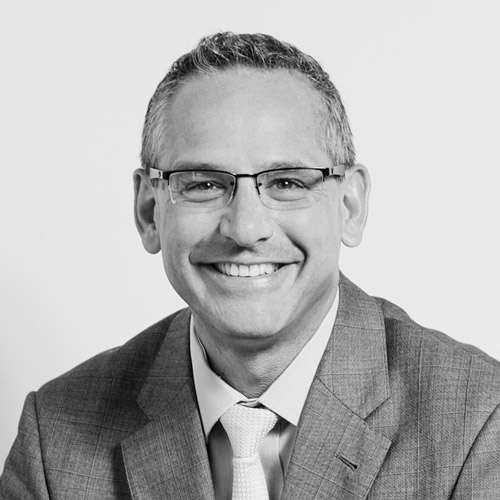In many ways, Dr. Kristyn Greifer wasn’t sure what she was getting into when she first addressed population health head-on at WellStar Health System. Yes, she had multifaceted experience in the healthcare industry. Yes, she knew “building things, fixing things, and starting things” was her forte. But there was plenty she didn’t know when she proposed the creation of WellStar’s Comprehensive Care Clinic.
“There were so many details—from the technology, to the space, to the people, policies, and procedures,” Greifer recalls. “All the hidden complexities of getting something done that’s never been done before. It was a significant investment, and in some ways a gamble.”
Nonetheless, she understood the intrinsic value of a place like the Comprehensive Care Clinic—and couldn’t help but feel excited at the proposal’s approval. “When we actually started planning for this space [that became the Clinic], that’s when I realized, ‘OK, they’ve committed; this is happening!’” she recalls.
When she arrived at WellStar in 2013, Greifer was a doctor well-versed in primary care—she was a practicing physician for twenty years—and also bearing an interesting palette of experience from Kaiser Permanente. As part of the leadership team there, she oversaw clinical operations at various locations, involving her with urgent care, hospitals, and case management before moving on to become an associate medical director. That role gave her a wealth of knowledge about the business side of health plans—“contracting, negotiations, the whole nine yards,” Greifer says. “My ability to understand the facets of the market meant that I was able to understand both the providers’ side and the business side.”
“It was a significant investment, and in some ways a gamble.”
Add to all of this her get-it-done nature, and Greifer became the perfect candidate to launch WellStar’s leap into something new. “To that point [in 2013], they hadn’t had a population-health program, or a true population-health leader to do it,” she says. “They needed someone to take that on and really run with it.”
When it came to creating programs to manage the health of the Clinic’s target clients, Greifer referenced the three categories of the “population-health pyramid.” The top of the triangle is “patients needing intensive management in order to maximize their potential for their quality of life,” she explains. The middle of the triangle accounts for the “rising risk” population—that is, those dealing with issues such as diabetes, heart disease, and cancer, and the tools needed to empower them over such chronic illnesses.
The bottom of the triangle, according to Greifer, is made up of two kinds of people: the relatively healthy, who by and large are seeking preventative measures—e.g., flu shots and screenings—and the ones who think they’re healthier than they actually are. “We’re talking about the diabetic who’s never had a diabetic screen, or the hypertension patient who’s never had their blood pressure checked, or the woman who has breast cancer, but has never had a mammogram,” she says. “Part of our job in population health is to go after those people, and find them before they get sick.”
It’s about reducing the number of hospital admissions—and readmissions—all the way around, with special attention directed towards the nonphysical factors involved with the management of an illness—behavioral, psychological, or logistical. Once Greifer had leadership and a population-health team in her corner for this concept, she spent time researching and visiting compatible clinics in the region. That was followed with a careful study of WellStar’s own population: how many patients were dealing with a particular illness, how often were they hospitalized, how much it was costing, and most importantly, how both WellStar and the patients could benefit from WellStar doing things differently.
With the population study pointing primarily to advanced-stage heart and COPD [chronic obstructive pulmonary disease] issues, the intent is for the Comprehensive Care Clinic to provide support—everything from health coaches, case managers, and social workers to behavioral health, clinical pharmacists, and home-health monitoring options—as a means of working one-on-one with patients to address every aspect of their life that could impact their disease process. “These are very sick people,” says Greifer, “and they deserve better than having end-of-life discussions conducted in an urgent fashion.” Thus, palliative care is an integral part of the clinic setting.
Once the research, financial backing, and focus were secure, Greifer’s attention shifted to recruiting physicians. The challenges with that process quickly became evident as some of the doctors she contacted were unfamiliar with the population-health concept and required a fair amount of education in order to develop any commitment to it. “There was also a little bit of cynicism as they wondered, ‘Am I going to have to do more [in this position]? How will my hours be affected?’” she says. “Change is change, and it’s hard for some people. But at the same time, there is so much changing right now [in the industry] . . . and they want someone, or something, to help.”
The Comprehensive Care Clinic took approximately three years to become the fully functional, 6,500-square-foot facility that opened this past August.
Greifer credits persistence with helping bring her vision to life. “Doing something this complex and this expensive . . . people have to feel your passion,” she says. “You have to build their trust, and just keep pushing until you get people to listen and understand.” AHL

